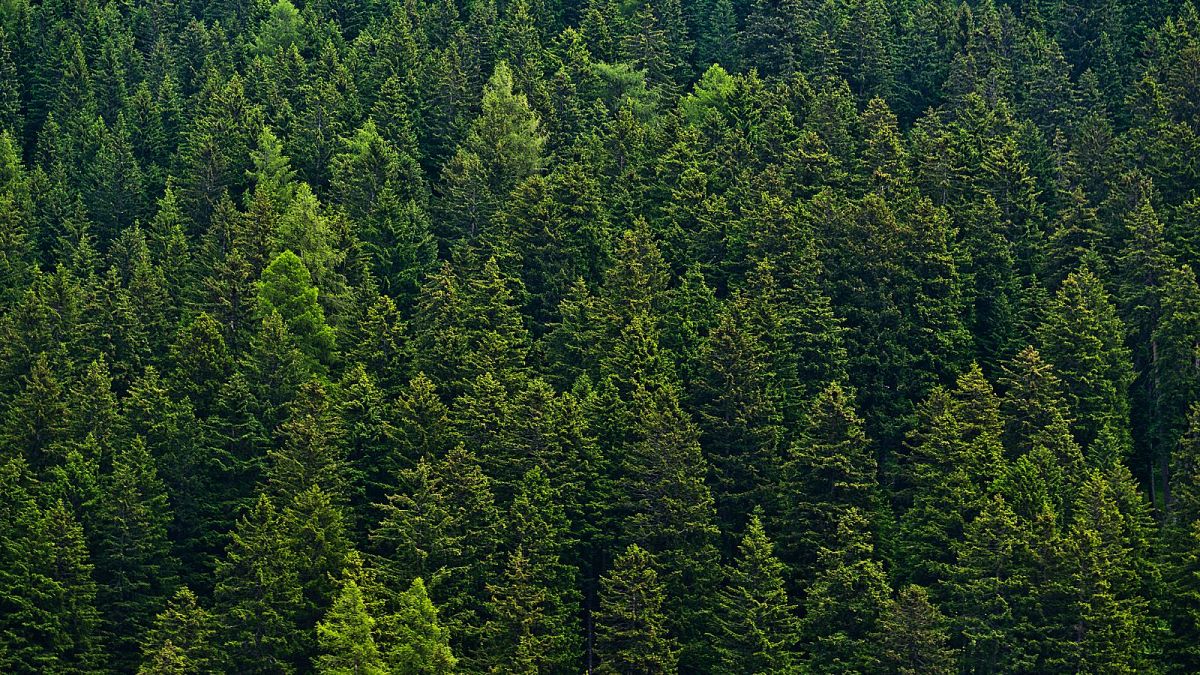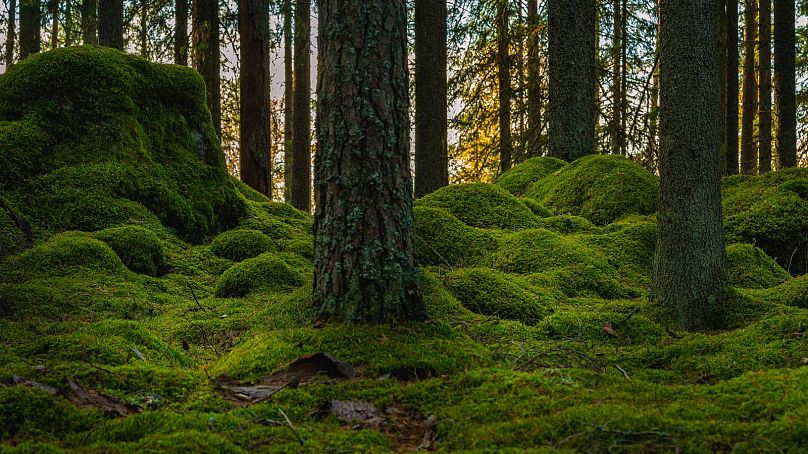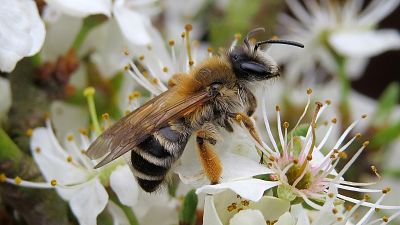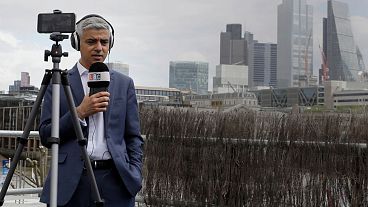Forests have been growing in size in the EU over recent decades, but why are there such large discrepancies across the continent?
Forests play a key role in the fight against pollution and environmental degradation.
They remove vast amounts of carbon dioxide, reduce the risks of natural disasters, help moderate air and soil temperatures and on top of all that they’re enchantingly beautiful.
But across much of the world these natural wonders are in decline. The UN Food and Agriculture Organisation estimates that 420 million hectares of forest, larger than the size of the EU, disappeared between 1990 and 2020.
In the last several decades Europe has bucked this trend. According to Eurostat data, 39 per cent of the European Union is covered with forests, compared to 31 per cent globally.
That’s an increase of 10 per cent since 1990, or in other words the total land area of Hungary and Slovakia combined.
Why do some European countries have so few forests?
Within the bloc there are massive differences between countries. Five member states have more than half of their land covered with forests: Finland (66 per cent), Sweden (63 per cent), Slovenia (61 per cent), Estonia (54 per cent) and Latvia (53 per cent).
Countries like Denmark (15 per cent), Ireland (11 per cent), the Netherlands (10 per cent) and Malta (1 per cent) lag far behind.
One of the reasons for this disparity is profitability.
“If you look at places like the Netherlands or Denmark, they have a very low cover of forests, but they also have a rather economically efficient use of the land,” says Dr Marcus Lindner, a scientist at the European Forest Institute.
“Just look at how much food is produced in the Netherlands and if they then convert quite valuable land from agriculture to forestry, then they will actually have much less income.”
It also comes down to natural conditions and history.
The Danish government says that just 2-3 per cent of Denmark was covered by forest around 1800 due to centuries of uncontrolled felling and clearance for agriculture.
It’s a similar story in Ireland where by the end of the 19th century, the country’s forest cover had been reduced from 80 per cent 6,000 years ago to about 1 per cent.
It should be noted that EU consumption represents almost 10 per cent of global deforestation. So while the EU’s forest coverage has been increasing, the bloc has been contributing to deforestation elsewhere.
Earlier this year the European Parliament took steps to change this by voting to ensure that a large number of products on the EU market are deforestation-free.
How have European forests grown in recent years?
This growth in Europe’s forests has taken place over many decades. Dr Lindner believes that in certain countries like Ireland policymakers have decided to expand wood production. In other countries the majority of land conversion towards forestry was actually an effect of land abandonment.
“Many such areas were traditionally used for grazing and less intensive agricultural use. When this was no longer economically viable, the land was abandoned and then turned back into forest,” he explains.
How is climate change affecting forests?
Despite the growing numbers, forests are facing increased threats from wind, fire and beetle infestations. Headlines were dominated over the summer by damaging wildfires in the Mediterranean and 2022 was the second worst wildfire season on record.
These disturbances are being made worse by climate change, a comprehensive study published in August has shown. Higher summer temperatures, coupled with the effects of more numerous and longer-lasting droughts, make it easier for fires to spark and spread.
These same conditions allow the bark beetle to flourish and infest and kill trees.
The researchers recommend a near-real-time pan-European system to monitor and report forest disturbances.
They say this should combine “ground-based observations and remote sensing to develop our understanding of, and ability to respond to, disturbance dynamics.”




